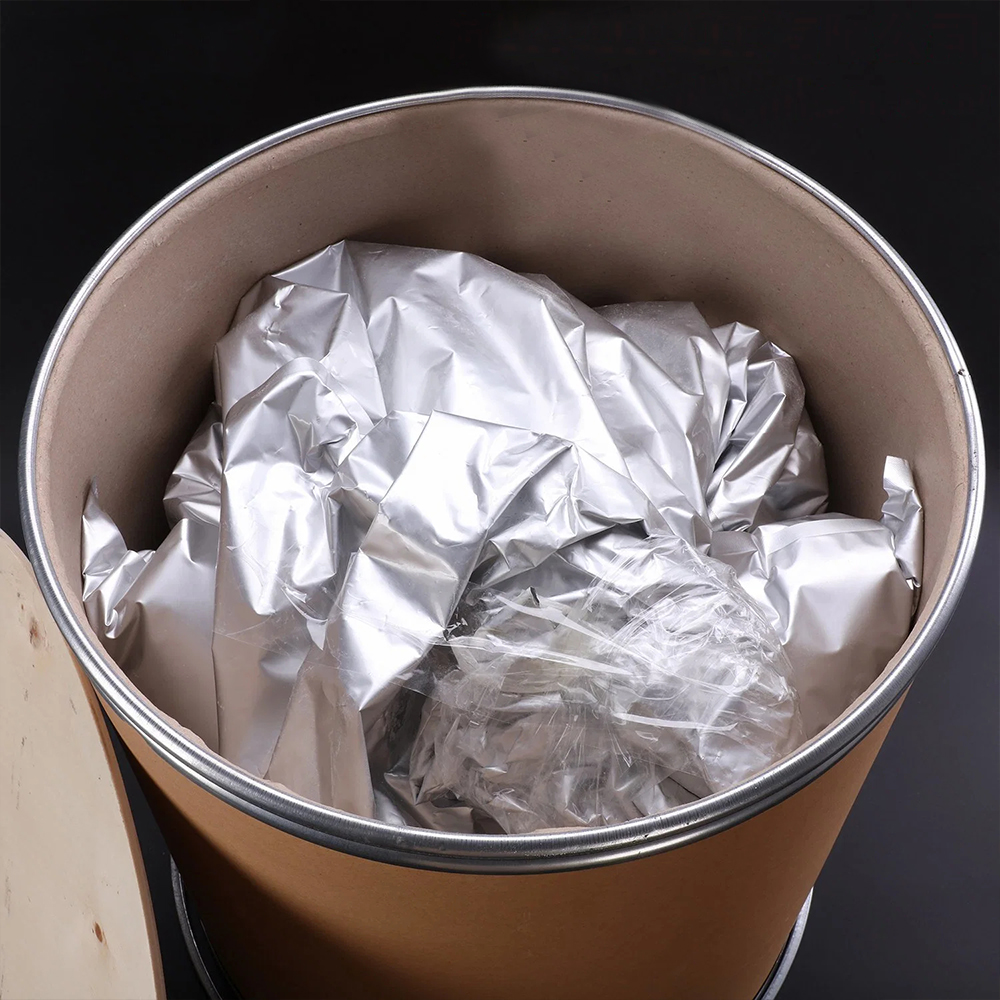



grey lead oxide
Gray Lead Oxide An Overview
Gray lead oxide, chemically known as lead(II) oxide or litharge, is a significant compound in various industrial applications. With the formula PbO, it appears as a yellow or gray powder and holds considerable importance in the manufacturing of lead-acid batteries, glass, ceramics, and pigments. The compound is produced primarily from the roasting of lead ore at high temperatures, facilitating the conversion of lead sulfide (galena) into lead oxide through oxidation processes.
Production and Properties
The production of gray lead oxide typically involves the heating of lead ore in the presence of air. This process oxidizes lead and removes sulfur, resulting in litharge. The thermal treatment can vary, affecting the purity and crystal structure of the final product. There are two forms of lead oxide—red lead oxide (Pb3O4) and gray lead oxide (PbO)—where the latter is more commonly utilized in industrial applications due to its favorable properties.
Gray lead oxide is characterized by its excellent chemical stability and relatively high melting point of about 880°C. It is insoluble in water but can dissolve in acids, forming lead salts. Its physical properties include its capacity to absorb light, which makes it a valuable pigment in the paint industry. The compound's gray color and opacity make it an ideal choice for providing a solid base in various applications.
Applications
One of the most significant applications of gray lead oxide is in the production of lead-acid batteries, widely used in automobiles, motorcycles, and uninterruptible power supplies (UPS). In these batteries, gray lead oxide serves as a vital component of the positive electrode (plate), where it undergoes a chemical reaction during charging and discharging cycles. The efficiency and longevity of lead-acid batteries are directly linked to the quality of lead oxide used, making it an essential material in energy storage solutions.
grey lead oxide

Beyond batteries, gray lead oxide has applications in the glass and ceramics industry. It acts as a flux and stabilizer, enhancing the durability and performance of glass products. In ceramics, the compound contributes to the coloring and rendering of glazes, providing a smooth finish and making items more visually appealing. Additionally, lead oxide is utilized in the manufacturing of some types of crystal glass, imparting luster and brilliance.
The pigment industry also exploits gray lead oxide for its excellent covering power and stability. It is commonly used in paints, coatings, and other surface treatments, providing durability and protection against corrosion and environmental factors. However, due to health and environmental concerns associated with lead exposure, the usage of lead-based pigments has decreased, leading to the exploration of alternative compounds.
Health and Environmental Concerns
Despite its usefulness, gray lead oxide poses significant health risks. Lead is a toxic heavy metal, and exposure can lead to severe health issues, including neurological damage, kidney problems, and reproductive issues. The inhalation or ingestion of lead particles can result in lead poisoning, a condition that has prompted strict regulations regarding the handling and disposal of lead-containing materials.
In response to these concerns, industries using gray lead oxide are urged to implement stringent safety measures to protect workers and the environment. This includes using personal protective equipment (PPE), proper ventilation in workplaces, and adhering to regulations set forth by environmental protection agencies. Moreover, advancements in technology have led to the development of lead-free alternatives that can effectively replace gray lead oxide in various applications.
Conclusion
Gray lead oxide remains an essential compound in various industrial sectors, particularly in the production of lead-acid batteries, glass, ceramics, and pigments. Its unique properties make it a desirable material, but the health and environmental risks associated with lead exposure cannot be overlooked. As industries move towards safer and more sustainable practices, the future of gray lead oxide may involve finding innovative ways to minimize risks while maximizing its utility. Ongoing research into alternative compounds and regulatory frameworks will play a crucial role in shaping the future of lead-based materials in manufacturing.
-
Why Strontium Carbonate Still MattersNewsJun.06,2025
-
Why BaSO4 MattersNewsJun.06,2025
-
Why Barium Carbonate Still MattersNewsJun.06,2025
-
Strontium Hydroxide: A Versatile Compound for Modern ApplicationsNewsJun.06,2025
-
Strontium Chloride in Daily IndustryNewsJun.06,2025
-
Pure Potassium Nitrate for SaleNewsJun.06,2025
-
What Is Sodium Bisulfate Used For?NewsMay.15,2025










